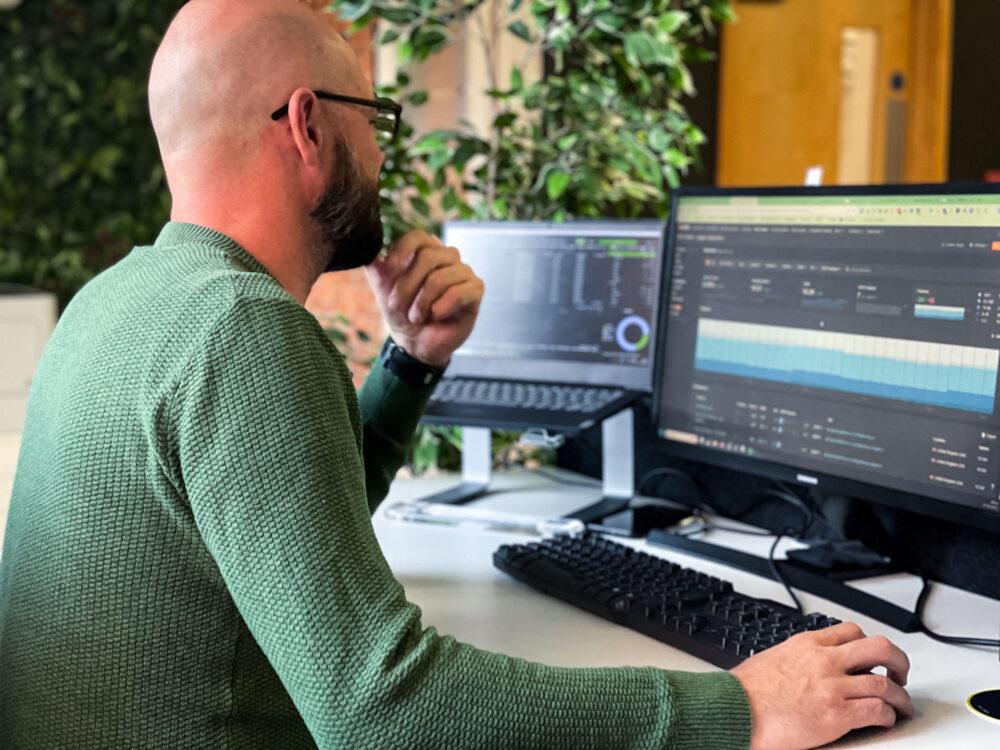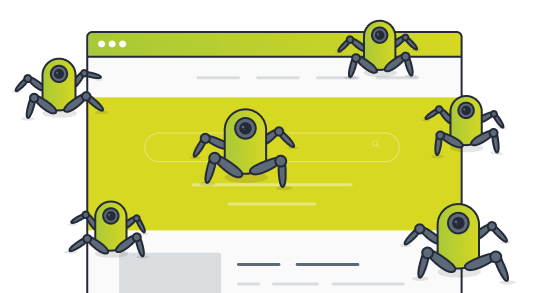When it comes to getting your website in front of your ideal audience, technical SEO shouldn’t be overlooked!
If you’re new to the world of SEO or simply don’t have a good grasp on the technical aspects of this digital marketing strategy, we’re here to educate you about everything you need to know about technical SEO to get your website ranking! Whether you’re about to launch your very first ecommerce website, are migrating from one platform to another or simply need to tweak your existing site as it’s underperforming, you’re about to learn everything you need to know to optimise your site (or ask your developers!) to get ahead of the competition and drive growth for your brand.
What is technical SEO?
Put simply, technical SEO describes the technical elements of optimisation that can affect your page rankings within search engines and ultimately, gain more organic traffic to your website. Technical SEO covers everything from page speed and crawlability all the way to security and mobile optimisation as all of these technical aspects can have a significant impact on rankings. Technical SEO falls under the category of on-page SEO and supports other on-page optimisations including meta descriptions and title-tags but doesn’t extend to them.
What affects technical SEO?
Technical SEO makes up a large part of the picture that Google uses to assess and rank your website. Thus, it is absolutely integral to ensure that your site is optimised in a technical sense to ensure that the search engine can understand, assess and rank your website so it can promote it within search results. There are a number of website aspects that affect technical SEO but we’ve narrowed it down to just 10 to ensure you focus your efforts on these optimisations, first and foremost.
1. Speed
First up, page speed is absolutely crucial to ensuring your website passes Google’s Core Web Vital metrics with flying colours. In today’s digital landscape, Google recognises that site visitors are more impatient than ever before and as a result, won’t want to wait around for a slow-loading image or site that takes forever to respond to an action such as clicking ‘add to cart’. In light of this, Google created the infamous Core Web Vitals metrics to assess and analyse a website’s loading speed from a number of different angles.
2. Crawlability
Crawlability describes how easy it is for search engine bots to follow your website’s structure and discover content within your site. If your website isn’t easy to crawl, this can affect your search rankings and have a negative impact on organic traffic reaching your website. Implementing a succinct internal linking structure is key to ensuring seamless crawlability and utilising techniques to communicate with search engines and tell them which pages they should and shouldn’t crawl, is crucial to your overall SEO strategy. If search engine bots can’t crawl your site or find it difficult to do so, you’ll be penalised simply because they can’t find all of the amazing content you’re publishing.
3. 404’s
Now you know the importance of crawlability when it comes to optimising your website for search engines, it should be clear that 404’s are not great for the bots as they will register as ‘dead links’ that don’t lead to anywhere, stopping the bots in their tracks. Unfortunately, most websites will have some 404’s due to the nature of website’s constantly changing and evolving but doing whatever you can do to minimise the number of 404’s will be crucial to the overall success of your SEO strategy. Start by redirecting any existing 404 pages to similar, relevant pages and ensure that you implement a system that prevents 404’s from occurring in the future to avoid this issue.
4. Security
Security is another key consideration when it comes to technical SEO as sites without a HTTPS and a SSL certificate will be downgraded by search engines are they are not deemed secure. As users become more and more aware and protective of personal data protection and privacy, it’s crucial that your website is highly secure and prevents anyone from intercepting data as it goes between the browser and the site itself. If you’re unsure about this, be sure to consult a developer to ensure your site is secure.
5. Duplicate content
Duplicate content can be extremely confusing for search engine crawlers as it makes it difficult for them to determine which page is the most relevant to a user’s search query and therefore, prevents web pages from ranking altogether. If multiple websites show the same content, how does a search engine determine which is more relevant? Avoid creating duplicate web pages with the same content, don’t copy and paste meta descriptions for different web pages and if you have multiple URL’s for the same content, be sure to use a canonical tag to tell Google which is the best representative page for a group of duplicate pages to avoid running into ranking issues.
6. Structured data
Next up, we’ve got structured data. If you haven’t heard of this before, it’s a relatively simple concept that basically allows website owners to tell search engines what products you sell or what content you produce, to help the likes of Google to better understand your website in the context of the bigger picture. Structured data can be implemented with relatively simple code in a fixed format and allows your website to be used in rich snippets, encouraging clicks and driving organic traffic to your site.
7. XML sitemap
An XML sitemap is simply a roadmap to your website. It lists all of the pages on your website and serves as a summary of your site to ensure that search engine crawlers and bots don’t miss any key content or pages on your site. If you have an exemplary internal linking structure, you don’t really need a XML sitemap in theory, but as this is extremely difficult to achieve, it’s always best to include a sitemap and won’t do any harm!
8. Mobile optimisation
Nowadays, mobile-first websites are regularly outperforming sites that don’t offer superior mobile experiences. That’s because most of us are using mobile devices more often than our desktop computers or laptops. This shift is reflected in Google’s Core Web Vitals which takes into consideration mobile performance in addition to desktop. As a result, it’s crucial that websites are optimised for mobile devices and include responsive design, thumb-friendly navigation, optimised imagery and lightning loading times if they want to have any chance of success in the search engine results pages (SERPs).
9. Canonical tag
We touched on canonical tags earlier on but they’re so important that we thought it best to delve into them a little further. Put simply, a canonical tag is a piece of HTML code that tells Google and other search engines which page is the main, most relevant version for duplicate, near-duplicate and other similar pages. They should be used sparingly and considered thoroughly before implementing as they can heavily impact your page’s position within the SERPs. Whilst Google will choose the most appropriate of your duplicate pages, it may not be the page that you’d prefer and this can cause more significant SEO issues later down the line. So it’s always best to get this right, the first time around.
10. Image optimisation
Finally, it’s time to optimise those images! As mobile-first websites are being prioritised by search engines, it’s absolutely crucial that any imagery on your website is optimised to automatically adapt to various different screen sizes and devices to ensure a superior user experience and lightning-fast loading, no matter what.
We hope these insights have helped you to understand the importance of technical SEO on your website’s rankings and if you ever need a helping hand, don’t hesitate to get in touch!










